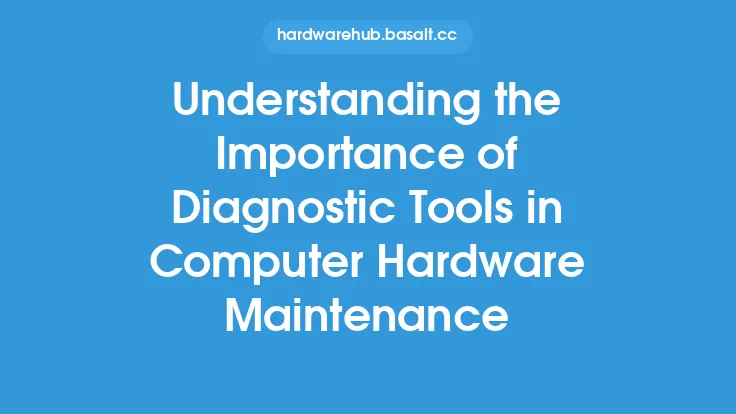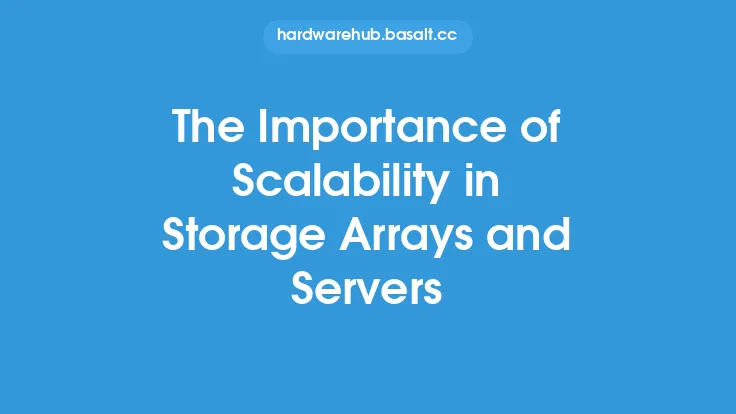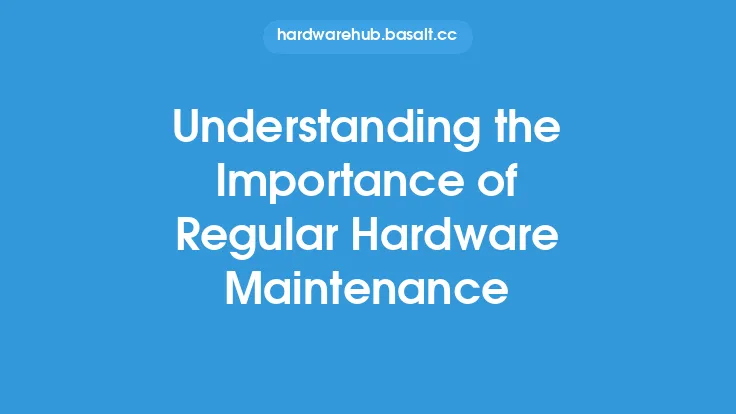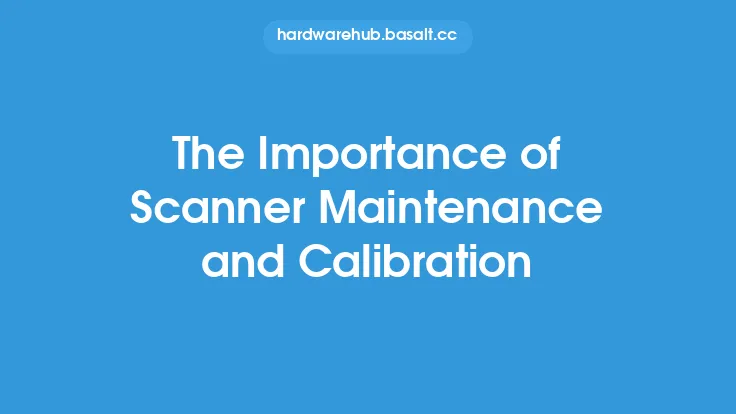When it comes to hardware maintenance, one of the most critical aspects to consider is the warranty and support provided by the manufacturer or vendor. A comprehensive warranty and support plan can make all the difference in ensuring that your hardware devices function optimally, minimizing downtime, and reducing maintenance costs. In this article, we will delve into the importance of warranty and support in hardware maintenance, exploring the benefits, key considerations, and best practices for maximizing the value of these services.
Benefits of Warranty and Support
A good warranty and support plan can provide numerous benefits, including peace of mind, cost savings, and improved system uptime. With a warranty, you can rest assured that the manufacturer will repair or replace faulty components, reducing the financial burden of hardware failures. Support services, on the other hand, provide access to expert technicians who can troubleshoot and resolve issues quickly, minimizing downtime and ensuring that your systems are running at optimal levels. Additionally, many warranty and support plans offer proactive maintenance services, such as software updates, security patches, and performance tuning, which can help prevent issues from arising in the first place.
Key Considerations
When evaluating warranty and support options, there are several key considerations to keep in mind. First and foremost, it's essential to understand the scope of coverage, including the types of hardware and software supported, as well as the duration of the warranty and support period. You should also consider the level of support provided, including the availability of phone, email, and online support, as well as the response times and resolution targets. Furthermore, it's crucial to review the support process, including the procedures for logging and tracking issues, as well as the communication channels used to keep you informed of progress and resolution.
Types of Warranty and Support
There are several types of warranty and support options available, each with its own strengths and weaknesses. The most common types include standard warranties, extended warranties, and premium support plans. Standard warranties typically provide basic coverage for a limited period, usually one to three years, and may include limited support services. Extended warranties, on the other hand, offer longer coverage periods, often up to five years or more, and may include additional support services, such as on-site maintenance and priority support. Premium support plans, meanwhile, provide comprehensive coverage, including 24/7 support, proactive maintenance, and dedicated account management.
Best Practices for Maximizing Value
To get the most out of your warranty and support plan, it's essential to follow best practices for maintenance and support. This includes regularly updating software and firmware, performing routine backups, and monitoring system performance. You should also maintain accurate records of your hardware and software configurations, as well as any issues or incidents that occur. When logging issues with the support team, be sure to provide detailed information, including error messages, system logs, and screenshots, to help technicians quickly diagnose and resolve the problem. Finally, take advantage of proactive maintenance services, such as security audits and performance tuning, to prevent issues from arising and ensure that your systems are running at optimal levels.
Technical Considerations
From a technical perspective, warranty and support plans can have a significant impact on hardware maintenance. For example, many modern hardware devices include advanced diagnostic and monitoring capabilities, such as sensor-based monitoring and predictive analytics, which can help detect potential issues before they occur. Support teams can use these tools to remotely monitor system performance, identify potential issues, and perform proactive maintenance to prevent downtime. Additionally, many warranty and support plans include access to advanced technical resources, such as knowledge bases, technical notes, and community forums, which can provide valuable information and guidance for troubleshooting and resolving complex technical issues.
Conclusion
In conclusion, warranty and support are essential components of hardware maintenance, providing peace of mind, cost savings, and improved system uptime. By understanding the benefits, key considerations, and best practices for warranty and support, you can maximize the value of these services and ensure that your hardware devices function optimally. Whether you're a business or individual, it's crucial to prioritize warranty and support when selecting hardware devices and maintenance services, and to take advantage of the technical resources and expertise available to minimize downtime and ensure optimal system performance.





